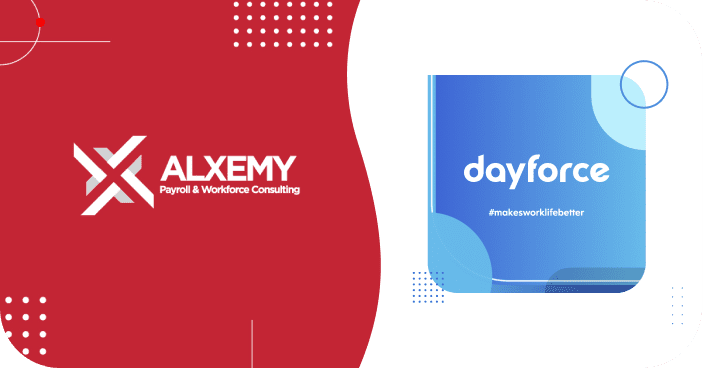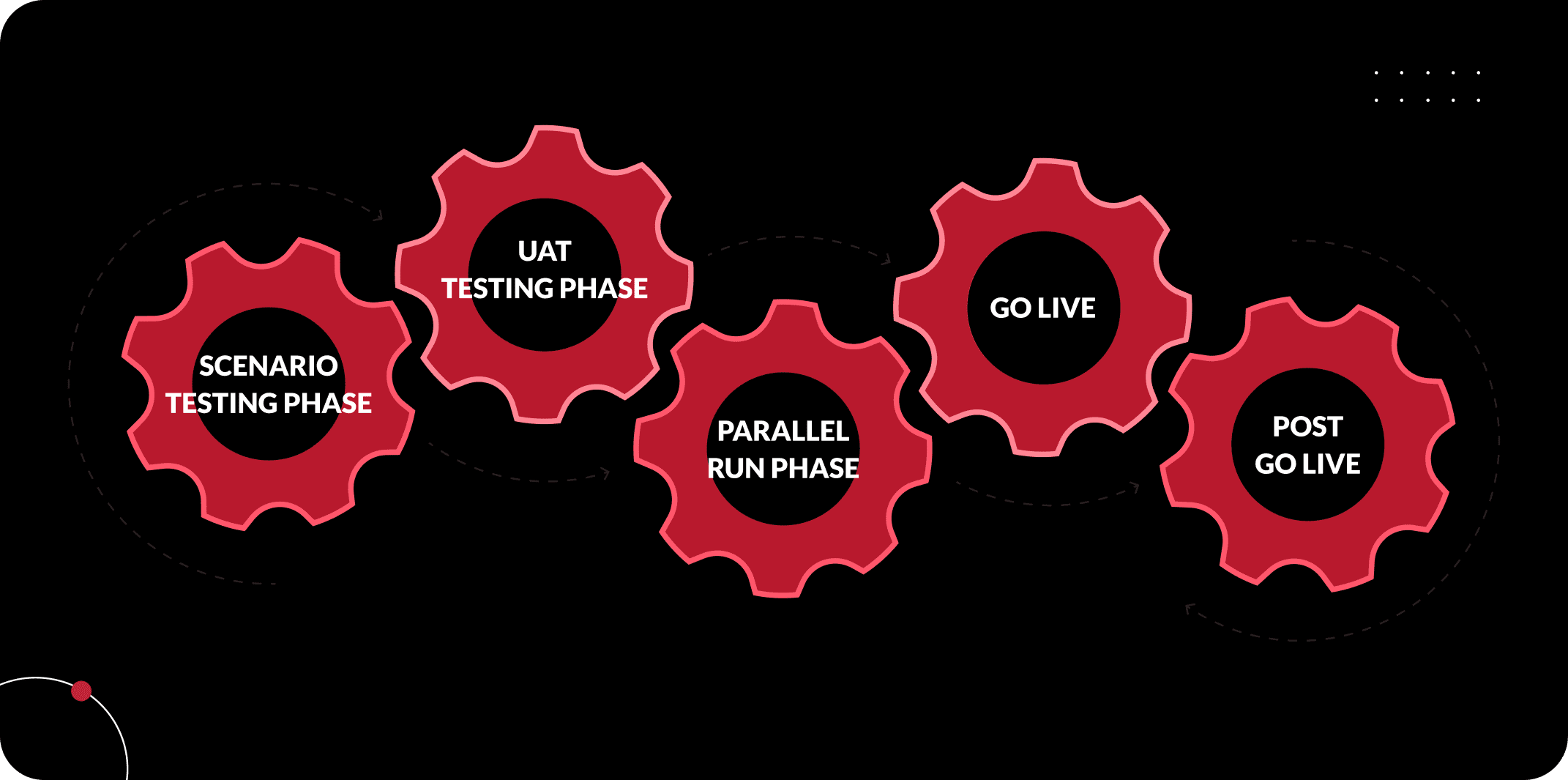Lord Diplock said in Antaios Cia Naviera SA v Salen Rederierna AB, The Antaios: “… if detailed semantic and syntactical analysis of words in a commercial contract is going to lead to a conclusion that flouts business common sense, it must be made to yield to business common sense.”
In this post I will analyse some of the findings of the case Labour Inspector vs Tourism Holdings Ltd (The Company), court of appeal hearing from 24 September 2020.
Please note, this is an opinion piece, providing a logical assessment, based on practical experience in dealing with these matters on a daily basis. We are not lawyers and this post should not be seen as legal advice. Please refer to The Case for details and context
In a nutshell
This case is to determine whether commissions earned by Driver Guides, should be included in the calculation of Ordinary Weekly Pay, as defined in Section 8 of the Holidays Act 2003.
The Company argues that commissions should not be included, for the following reasons:
- Commissions are not a regular part of the employee’s pay
- Commission payments are not earnt by driver guides until the debrief and reconciliation process has been completed
- When so earnt, the commission paid is either not pay “for an ordinary working week” OR
- is not “regular”, as to be “regular” it must be pay received under the employee’s employment agreement “for an ordinary working week”
- That is, the phrase at s 8(1)(b)(i) and (c)(i), “a regular part of the employee’s pay”, is to be read as meaning “a regular part of the employee’s pay for an ordinary working week”
- If commissions were included, employees may act strategically and time their holidays to maximize their holiday pay
The Labour Inspectorate argues that the commissions should in fact be included, and gives the following reasons:
- The calculation called for under s 8(2) is required as there is no “ordinary working week”
- On that basis the Labour Inspector says it makes no sense, when calculating factor b, to do so as if s 8(1)(c)(i) referred to “payments that are not a regular part of the employee’s pay for an ordinary working week”.
- Rather, the qualifying concept used is simply “regular”, in the context of the phrase “a regular part of the employee’s pay”
- One of those circumstances (where 8(1) cannot be applied) is, as here, where there is no “ordinary working week”
- It would be surprising if a central element of the definition that does not fit, namely that of an “ordinary working week”, was in those circumstances to be reintroduced into the alternative calculation under s 8(2) as regards included and excluded commission.
- The interpretation the Labour Inspector supports is also consistent with the qualifying word “regular” in s 8(1)(c)(i). The dictionaries give us a number of meanings for the word regular. As relevant, the word means both (i) “conforming to a rule or principle; systematic”, or what might be called substantive regularity; and (ii) “acting or done or recurring uniformly or calculably in time or manner; habitual, constant, orderly”, or what might be called temporal regularity.
Context of The Act
Now that we have a very high level view of the arguments, lets put some context to the Sections of the act that are referred to in the case
8 Meaning of Ordinary Weekly Pay
(1) In this Act, unless the context otherwise requires, ordinary weekly pay, for the purposes of calculating annual holiday pay,—
(a) means the amount of pay that the employee receives under his or her employment agreement for an ordinary working week; and
(b) includes—
(i) productivity or incentive-based payments (including commission) if those payments are a regular part of the employee’s pay:
(ii) payments for overtime if those payments are a regular part of the employee’s pay:
(iii) the cash value of any board or lodgings provided by the employer to the employee; but
(c) excludes—
(i) productivity or incentive-based payments that are not a regular part of the employee’s pay:
(ii) payments for overtime that are not a regular part of the employee’s pay:
(iii) any one-off or exceptional payments:
(iv) any discretionary payments that the employer is not bound, under the terms of the employee’s employment agreement, to pay the employee:
(v) any payment of any employer contribution to a superannuation scheme for the benefit of the employee.
(2) If it is not possible to determine an employee’s ordinary weekly pay under subsection
(1), the pay must be calculated in accordance with the following formula:
(a − b) / c
where—
a is the employee’s gross earnings for—
(i) the 4 calendar weeks before the end of the pay period immediately before the calculation is made; or
(ii) if the employee’s normal pay period is longer than 4 weeks, that pay period immediately before the calculation is made
b is the total amount of payments described in subsection (1)(c)(i) to (iii)
c is 4.
(3) However, an employment agreement may specify a special rate of ordinary weekly pay for the purpose of calculating annual holiday pay if the rate is equal to, or greater than, what would otherwise be calculated under subsection (1) or subsection (2).
As outlined in the case, we can readily assume that the Commissions in question for part of the definition of Gross Earnings under Section 14 of The Act (represented here as (a) in the formula under section 8(2). We can also assume that, to calculate Ordinary Weekly Pay for these Drivers, we have to use Section 8(2). The parties have agreed on this.
The key question is whether the Commissions can be deducted from the Gross Earnings to be used for the calculation of OWP, represented by (b) in the formula under section 8(2).
Analysis
If we look at what Section 8 of The Act is trying to achieve, we can deduce that the intent is to come up with a dollar value that represents what an employee would ordinarily earn in one week. “Week” is not defined anywhere in The Act, therefore it must be assumed that a week is defined as a calendar week i.e., 7 days.
The Act allows for two means of calculating this. Section 8(1) is used where it is clear what an employee earns each week, for example salaried staff with no varying income, and section 8(2) is used where it is not possible to determine that value and provides a formula of (Gross Earnings – Irregular Earnings) / 4.
Gross Earnings is fairly easy to determine, and we have already agreed that the commissions form part of this definition and the divisor of 4 is very clear also. The only variable that is therefore left, is whether the commissions should be deducted from Gross Earnings or not.
This is not a simple task. To make this assessment, we refer to the guidelines published by MBIE in 2017. The following quotes are taken verbatim from these guidelines
The MBIE Guidelines on OWP
- “The word ‘regular’ should be read both in its literal sense (eg ‘weekly’) and in the sense of happening more often than not, but must also be read in the context of determining what an employee receives for an ordinary working week. If the employee generally works overtime every week, even if the days are different, the payment should be deemed regular for the purposes of OWP”
- “Anything that is likely to occur fortnightly, or otherwise regularly within a four-week cycle (or each month for monthly pay), should generally be included, even if the amount varies.”
- “These payments should either be apportioned evenly (if they do not relate to specific events that occur within the relevant period, for example, a payment for meeting a performance target) or assigned to the weeks in which they were earned (if they do relate to specific events that occur within the relevant period, for example, sales)”
- “For longer periods, the nature of the payment should be considered. If an incentive payment is paid only occasionally (eg quarterly) but is based on activity that takes place each week (eg a commission on individual sales) it generally should be included. However, if the payment relies on achieving say an annual target, (eg a certain percentage on a customer satisfaction survey), it would be less likely to be relevant for the OWP calculation.”
The MBIE Guidelines on “Money Earned vs Paid”
“Consider a situation in which an employee receives a base salary with commission payments made quarterly. These commission payments relate to weekly sales, and so should be considered as ‘regular’.
Under a ‘money paid’ approach, if the quarterly payment fell within the four-week assessment period, the annual holiday pay calculation could be inflated, though if it fell outside the four-week assessment period, the holiday pay calculation would only be based on the employee’s base pay.
Under a ‘money earned’ approach, only the portion of the commission that arose from sales during the four-week assessment period would be considered for the calculation. A sensible approach in this kind of situation is to take a “money earned” approach, and it is important that this approach is taken in a principled and consistent manner and that the employer is open and transparent with the employee.”
Application
Let us now apply these definitions to the case of the Tourism Holdings Drivers’ commissions.
There is some omission of information from the Case, which would be crucial to the determination of the outcome. That is, a detailed analysis of how and when Drivers are paid their commissions.
- Do the drivers get paid commissions on a regular cycle, i.e. ever X weeks?
- What period of commissions “Earned” do those payments cover?
- Do Drivers actually receive commission payments with each payment cycle, or are there times they may receive nothing?
Using the “Paid” method
If we are to include the commissions in Gross Earnings for OWP on a “Paid” basis, these have to be able to be related to a 4-week maximum period. I.e., commission amounts paid should cover periods no longer than 4 weeks and should be paid at least within every or most 4-week cycles.
If commissions relate to periods longer than 4 weeks, including these in a 4-week calculation would inflate the resulting rate inappropriately. E.g., if we divide 8 weeks of commissions by 4, then we are in essence doubling the value of the commission included. Conversely, if the 4-week period relates to a period that does not contain any commission payments, the OWP rate would exclude commission entirely.
Therefore, commissions relating to longer periods could only be included on the “Earned” basis and would have to be associated to each corresponding week, i.e., the week during which they were earned.
In the case of Tourism Holdings, we have to assume that commissions are not paid on a “regular” cycle, and do not cover the same period length each time, given the nature of the trips that result in the leads, their varying lengths and the time it then takes to carry out the necessary administrative work to calculate the commission and pay the employees.
On that basis, we have to assume that the “Paid” option is not feasible because it cannot be accurately determined which length of time each payment relates to and this length of time can also change from payment to payment and employee to employee
Using the “Earned” method
If we then look at the earned method, this requires the ability to know when exactly each component of a driver’s commission was earned, so that this can be appropriately allocated to the week in which it was earned.
The question then arises: “Did they earn the commission when they submitted the lead, when lead actually converted and it become known how many people were in attendance, when the commissions were calculated or when they were finally paid?”
We have already ruled out the “Paid” option, so let’s assume we have to use the “attendance” option to apportion the commission.
Let’s say on 1 June 2021 a driver submits a lead for 4 people. This lead then converts on 25 June and only 2 people attend. The third party then calculates the value of this commission on the 20th of July 2020 and THL pays the employee for that particular portion of the commission as part of the employee’s commission payment on the 4th of August.
Where is the logic?
So we have assessed we cannot use the “paid option” and for the earned option, the actual value of the commission only became known 4 weeks after it was “earned”.
Now let’s say the employee takes leave between those two dates. How would the commission that was “Earned” on the 25th of June be able to be incorporated in the 4-week Ordinary Weekly Pay calculation under section 8(2), for leave taken any time before the 20th of July when the figure does not even exist by then?
So, although the arguments of the labour inspector are technically sound, how is this meant to be practically implement by THL? Aside from the timing delays and varying lengths covered that make it near on impossible to calculate in time for potential leave transactions, even if this was all done manually, how would a payroll system be able to handle this?
Conclusion
If we took a pragmatic approach to the case of these commissions, is that not the purpose of the 52-week Average Weekly Earnings rate, to capture these and ensure employees are compensated for additional and varying earnings?
Why do we need to complicate the attempt of calculating the OWP 4-week rate by trying to make payments fit into this calculation that actually technically don’t, practically don’t and are from a timing and systematic perspective impossible to accommodate?
In my view, nothing that does not get paid either with every pay or at least within every 4-week cycle should be included in the Ordinary Weekly Pay calculation, that is the whole reason why we have a 52-week rate to compare it to.
If we were to include a quarterly commission payment in OWP, we would need to find some means to appropriately apportion it to 4-week blocks and by the time this happens, any leave that would have taken those blocks into account when calculation the OWP rate, would have long been processed.
Can we just get to a point where legal arguments use logic and business sense when reaching outcomes? As much as some rulings may be correct on a technical basis, such may be impossible to implement and apply, and will likely result in companies remaining non compliant with such rulings, even though they are doing the right thing.
Be practical, be pragmatic, simplify, automate, all while acting in good faith.















